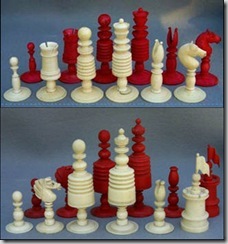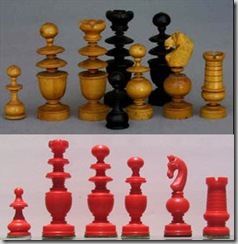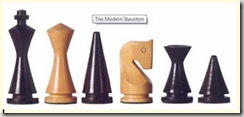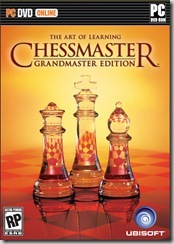On Sunday I had the opportunity of playing in our first rated chess tournament.
Speaking for me, "playing" might not be the best word. Let's say that I've "participated" in my first rated to chess tournament :-) My performance in my games would hardly qualify as "playing" chess.
Although it was a lot of fun, I don't think I came to the tournament with as much determination as I probably should've. I played my games way too much relaxed - almost as if they were casual skittle games. Consequently, I didn't play very good chess. I did manage to get one win out of three possible games and that was my last pairing with a talented six-year-old with a 800-something rating.
My final provisional rating after three games now stands at 956 points. Ironically, my best game, and a game I was actually happy with and enjoyed playing and found challenging and interesting, was a skittles game I played with my second opponent after the section that we were entered in had ended. This is the game, therefore, that I feature below in today's post. Also, for the sake of completeness - and to publicly shame myself into playing better chess - I include (without annotation) my three games from the official event.
The second opponent I mentioned above - Jeff - is a friend of a friend whom I had yet to meet. He'd come to the tournament with his daughter Clarice, and like me, was wanting to finally establish an official USCF rating. My friend has played chess with Jeff at work a number of times - casually in some skittles games - so I was looking forward to meeting him and in playing some chess with him also.
It turned I did have that opportunity - as luck would have it I was paired with Jeff in the second round - and played a miserable game against him I must admit. Even more interesting, my friend who had entered the "reserved" section (for those under 1000 or un-rated) was paired with Jeff's daughter Clarice - a 1st grader - in the final 4th round.
So with all said and done, my friend actually came away with a better score of 2.0 than I did. I could only muster a 1.0 out of a possible 3.
But it was a good experience. It was enjoyable. I wish I had approached my actual tournament games with a little bit more seriousness, because I realize now that your initial rating is quite influenced by those first couple games. Afterwards, I played around with the United States Chess Federation's on-line ratings calculator and found that, gee, if I had won all three games (and I was capable of doing that I think) I might have had a provisional rating of 1700 or something although I play no where near that - so maybe that isn't a good thing :-) but even if I had won two games I would have been very happy with my provisional rating which would have been much higher than what I ended up. So, currently, I stand 956 provisional after 3 games. For comparison, after 242 games on the ICC my current rating is 1223, with a momentary peak rating of 1320 back in August.
UPDATE
Sigh of relief! Smiles of joy. I just finished the October 2007 Monthly ICC Tourney with my best score ever: a 3.0 (thanks to a 1 point bye unfortunately). But I did manage to defeat two higher rated players to finish up with two wins! And I now have a new rating (for the fleeting moment) of 1247:
October 2007 ICC Standard Time Tourney
| RookVanWinkle | 1247 | B--- | L7 | W9 | W4 | 3.0 |
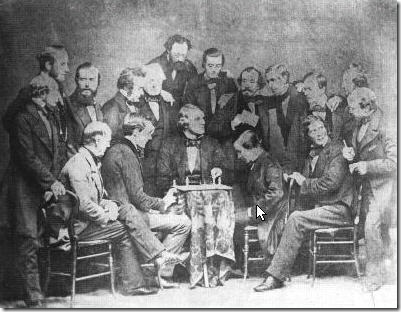






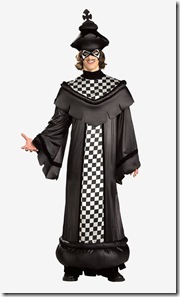
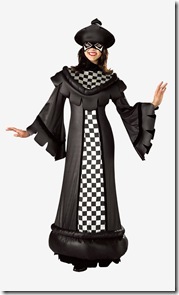
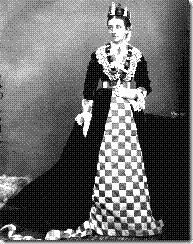
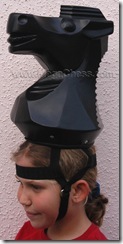















.jpg)




